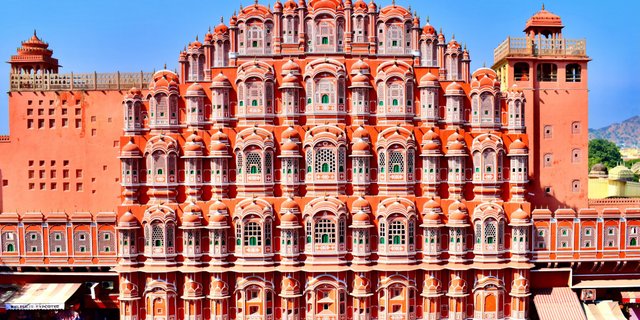Jaipur durbar
The Jaipur Durbar refers to an imperial court or ceremonial gathering historically associated with the rulers of Jaipur, one of the princely states of India. Jaipur, founded by Maharaja Sawai Jai Singh II in 1727, was known for its grandeur, architectural marvels, and cultural significance during the reign of the Kachhwaha Rajput dynasty.
Key Highlights of the Jaipur Durbar:
1. Royal Assemblies: The Durbar served as a platform for administrative decisions, cultural events, and interactions with other nobles, military leaders, and British officials during colonial rule.
2. Art and Culture: Jaipur durbars were known for their promotion of arts, music, and craftsmanship. The royal patronage contributed to the flourishing of traditional Rajasthani art and culture.
3. Architectural Settings: These gatherings often took place in royal palaces such as the City Palace or Hawa Mahal, whose grandeur reflected the importance of the events.
4. Colonial Influence: During British rule, the Jaipur Durbar was significant in showcasing the state’s loyalty to the empire. Formal ceremonies were sometimes attended by British dignitaries.
5. Modern Significance: While the durbar system no longer functions in the traditional sense, the legacy of Jaipur’s royal court is preserved in museums, historical records, and ongoing cultural traditions.
Would you like detailed information about a specific event or period in Jaipur’s durbar history?
